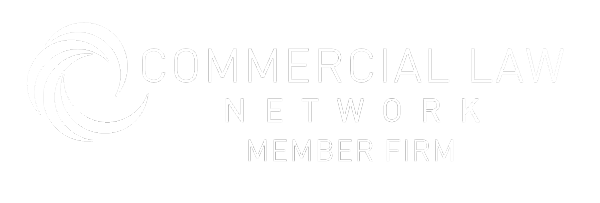Ageism appears to be the last “acceptable” form of discrimination in our society. We make jokes, we poke fun, mostly to laugh at the fact that we simply cannot do the things we once wanted to. One day you’re blowing out the many candles on your birthday cake and suddenly feel your knees give in.
However, in the workplace, age discrimination is a serious matter. It can mean that older staff aren’t put forward for new opportunities, training, or promotions, due to biases that they are less productive and less inclined to learn.
Conversely, younger staff members can be seen as entitled or lacking communicative skills which might lead to butting heads with elder staff. To be deemed “difficult” in the workplace is a stigma that can take staff out of the running for opportunities.
Employees should be as careful to spot and stop age discrimination in the workplace as much as they are when it comes to racism or gender discrimination. We’re looking at how employers can better manage their teams to avoid age discrimination.
Why is age discrimination a problem?
Aside from the brief concepts we outlined above, ageism is a problem in the workplace not least for its potential to lead to bullying and genuinely spiteful rhetoric. In an age where anti-bullying regulations and constantly promoted in the workplace, it’s important to note that a few remarks can quickly evolve into feelings getting hurt – whether that was the intention or not.
Age discrimination can come purely out of spite. Why should that younger colleague get the promotion over you? Why should that older colleague get flexible time while you clock in every day? Thoughts like this can come out in unpleasant behaviour that might be enough cause to look over you for opportunities.
When it comes to the employer, there is a lot to lose to age discrimination. By judging someone on their age, you might be underusing skills and experience that could be put to good use in your establishment. This, in turn, will lead to a loss of experienced workers and a high turnover for your business.
Additionally, you will simply create a team of unhappy people. Discrimination will affect your staff members’ mental and physical health, leading to a lack of productivity and motivation. In time that might even turn into monetary costs if these staff members then decide to take legal action against the company.
What’s to be done about it?
It’s important that you create a team that is diverse when it comes to race, gender, and age. This will lead to collaboration that will result in better output for the long term. Make sure that ageism is considered throughout the hiring, promotion, and professional development processes.
For example, throughout the hiring process, have your HR department remove age and graduation dates from CVs and be sure to focus on skills and experience. When it comes to promotions, you should establish clear criteria for performance and incentivise mentoring schemes that see people of all ages interacting. This will facilitate knowledge sharing between generations.
When it comes to training, it’s important to create the chance to share information across generations and create open conversation. This will lower bitter feelings between colleagues and allow the sharing of experiences and knowledge. Keep this conversation going with ongoing training that allows for open discussion and awareness of how otherwise minor inflictions can affect others.
Conclusion
Age is a protected characteristic under the Equality Act 2010, however, it has been criticised for not going far enough to protect older staff members. As an employer, it is your duty to protect all of your team members, and that means being aware of when bias based on age might inflict on your work.


